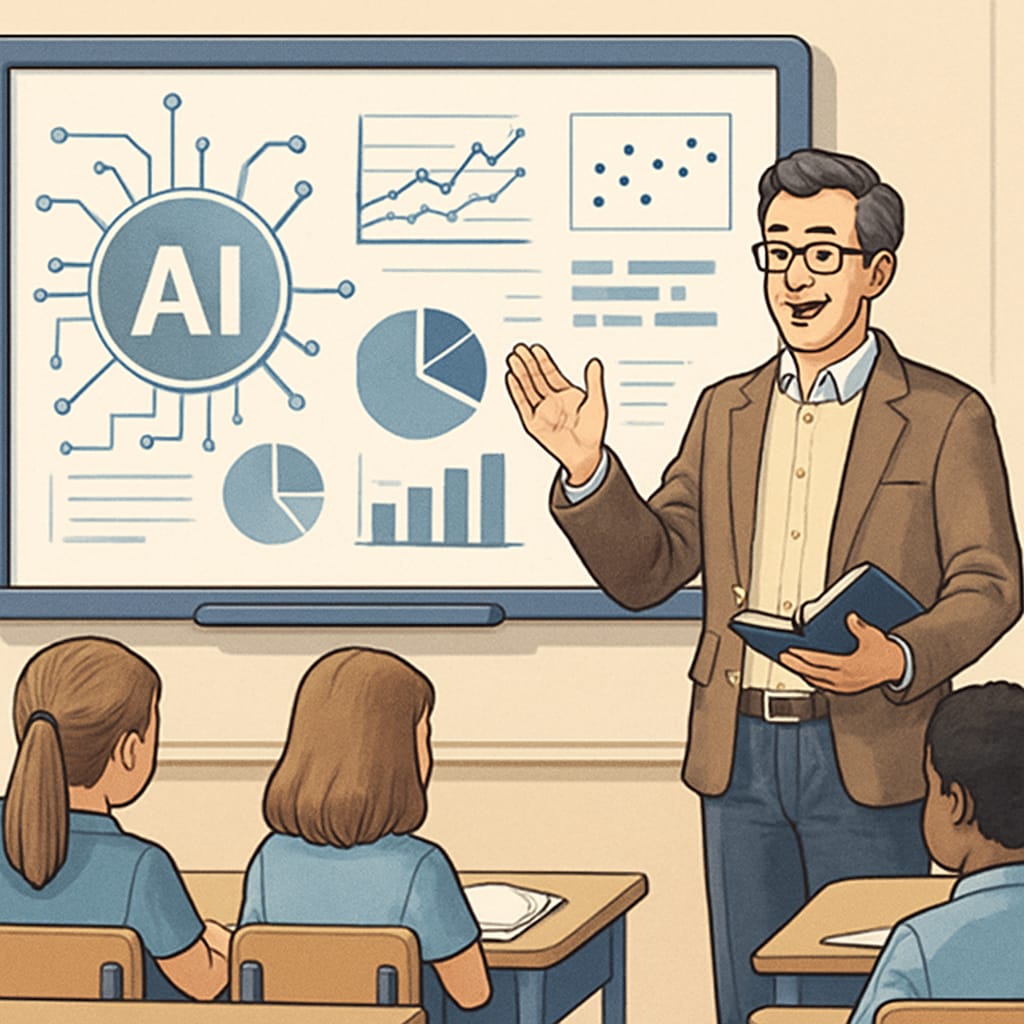The rapid advancement of artificial intelligence (AI), with tools like Google Gemini entering the educational landscape, is raising pressing questions about teacher value, skills, and salaries. As AI systems increasingly demonstrate their ability to handle tasks like lesson planning, personalized learning, and even grading, the question arises: how will the role of teachers evolve, and how will their contributions be valued in an AI-driven world?

Redefining Teacher Roles in the Age of AI
Artificial intelligence is not just a technological revolution; it is a fundamental shift in how tasks are distributed. In education, AI tools like Google Gemini can create customized learning paths, analyze student performance data in real-time, and even provide instant feedback to learners. While these capabilities enhance efficiency, they also challenge the traditional role of teachers. If AI can perform these tasks faster, does this diminish the need for human educators?
However, teachers bring something irreplaceable to the table: emotional intelligence, empathy, and the ability to foster meaningful human connections. AI may excel at data analysis, but it cannot understand the nuances of a struggling student’s emotions or inspire a classroom through storytelling. The integration of AI should, therefore, encourage a reimagining of the teacher’s role as a mentor and facilitator of critical thinking rather than just a conveyor of knowledge.
The Impact of AI on Teacher Salaries
One of the most contentious aspects of AI integration in education is its impact on teacher salaries. If AI tools can handle more of the workload, will this reduce the financial value attributed to teaching? Historically, automation in other sectors has led to job displacement or wage stagnation, and education may not be immune to these trends.
On the other hand, there is an argument to be made for investing in teachers as AI collaborators. Teachers who can effectively use AI tools to enhance learning outcomes may command higher salaries as their roles shift towards more specialized and strategic functions. However, this would require significant investment in teacher training to ensure they are equipped to work alongside AI effectively.
For example, according to a Britannica article on artificial intelligence, industries that have successfully integrated AI have focused on upskilling their workforce. Education policymakers might do well to adopt a similar approach.

Preparing the Education System for the AI Shift
Despite the transformative potential of AI, many education systems are unprepared for its widespread adoption. Schools often lack the resources to integrate advanced technology, and teachers may not receive adequate training. This creates a gap between the promise of AI and its practical application in classrooms.
In addition, ethical questions about equity arise. Will AI tools benefit all schools equally, or will they widen the gap between well-funded institutions and under-resourced ones? Ensuring that AI serves as an equalizer rather than a divider will require thoughtful policy and investment.
Furthermore, education systems must address the psychological impact on teachers. A recent Wikipedia entry on education and technology notes that the adoption of new technologies often leads to anxiety about job security. Open dialogue about the evolving role of teachers and clear strategies for their professional development will be crucial.
Conclusion: The Human-AI Partnership
As AI continues to expand its presence in education, the teaching profession stands at a crossroads. While AI can undoubtedly enhance efficiency and personalize learning, it cannot replace the human aspects of teaching. The challenge lies in redefining the role of teachers, ensuring equitable access to AI tools, and aligning salaries with the evolving demands of the profession.
Ultimately, the integration of AI into education should not diminish teacher value but rather highlight the unique qualities that only human educators can bring. By embracing this partnership, the education system can navigate the AI era with resilience and adaptability.
Readability guidance: This article uses clear headings, short paragraphs, and accessible language to ensure readability. Transition words like “however,” “therefore,” and “for example” are used throughout to maintain coherence. Complex ideas are broken down for better understanding.


